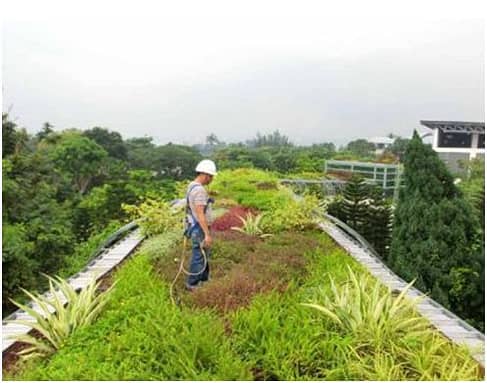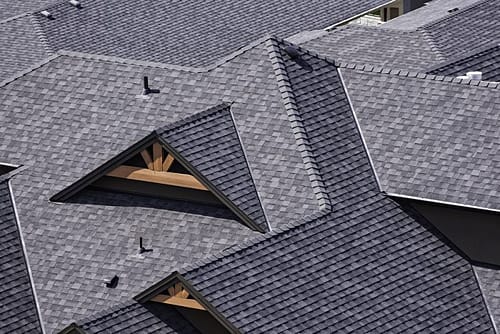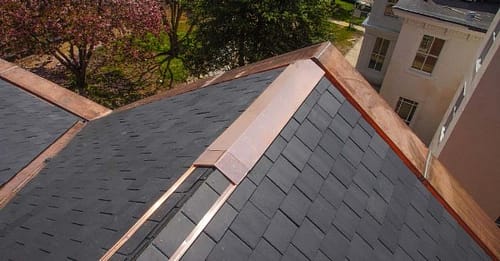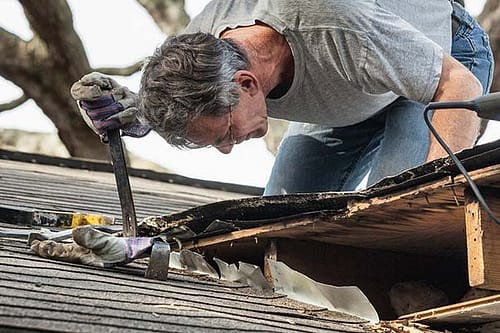1) New roofing material:
Your roof covering can get worn out after some time. You can renew the cover. If you don’t do the repair in time, the chance of leaks and damage to the roof structure increases and you will have to deal with much higher costs. The price will of course strongly depends on the type of roofing material.
The transfer roof is an alternative to a new roof covering. Light panels with roof tiles are placed over the existing roof covering.
2) Install roof insulation:
If you have a roof renovation carried out, you can also invest in outside roof insulation. Insulating the roof from the outside is useful if the inside of the roof has already been finished. Moreover, you do not lose any interior space and the roof construction is better protected against temperature fluctuations.
Hard insulation is usually used for roof insulation from the outside. The old roof tiles can possibly be recovered, but finishing with the old tiles can cause difficulties.
3) Place shelter:
There is no shelter in many old houses. However, this is an important part of the roof; it is a protective layer that lies between the insulation material and the roof covering. The shelter ensures that the insulation material and the underlying structure are not affected by moisture, dust, and wind.
To offer good protection, a shelter must, therefore, be wind-resistance and watertight. In addition, it must also be vapor-open. In this way, moisture from the home that ends up in the insulation material can still evaporate outside.
4) Renew complete roof construction:
New roofs are not only installed for new construction projects. Even when renovating existing roofs, it may be necessary to renew the entire roof structure, for example, if the structure starts to sag or has been damaged by moisture. Since the installation of a new roof is a major task, the costs can be very high.
The wall plate, which divides the weight of the roof among the underlying walls, must sometimes also be replaced.




